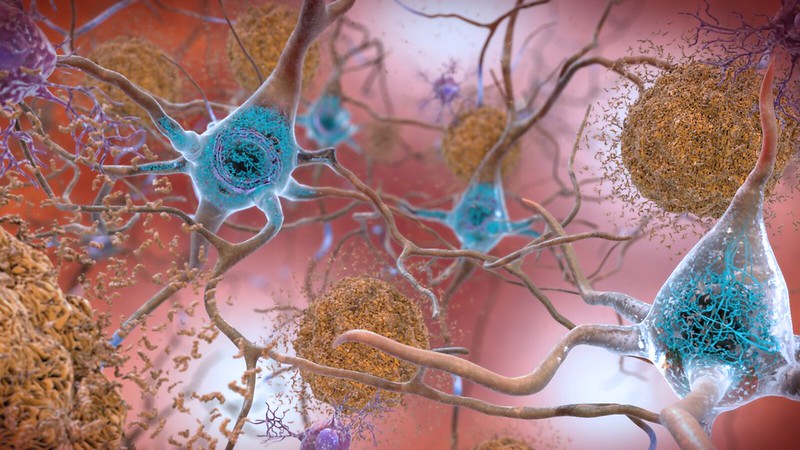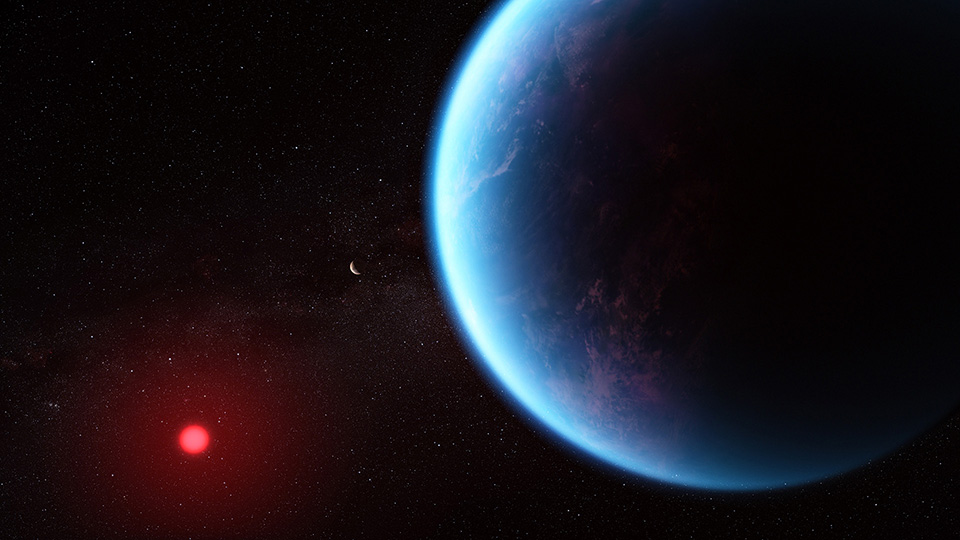Amyloid-beta plaques (brown) and tau protein tangles (blue). Credit: National Institute on Aging/NIH Investigative journalist Charles Piller’s latest book, Doctored: Fraud, Arrogance, and Tragedy in the Quest to Cure Alzheimer’s, came out in February. It details the work of Matthew Schrag, a neurologist at Vanderbilt University in Nashville, Tenn., and…
Science
-
-
A dental floss that can measure stress
Chronic stress can lead to increased blood pressure and cardiovascular disease, decreased immune function, depression, and anxiety. Unfortunately, the tools we use to monitor stress are often imprecise or expensive, relying on self-reporting questionnaires and psychiatric evaluations. Now a Tufts interdisciplinary engineer and his team have devised a simple device…
-
A root development gene that’s older than root development
A gene that regulates the development of roots in vascular plants is also involved in the organ development of liverworts — land plants so old they don’t even have proper roots. The Kobe University discovery highlights the fundamental evolutionary dynamic of co-opting, evolving a mechanism first and adopting it for…
-
Megalodon: The broad diet of the megatooth shark
Otodus megalodon was the largest predatory fish in Earth’s history: Measuring up to 24 meters, it was longer than a truck with a trailer and weighed almost twice as much. Embedded in its jaws were triangular teeth the size of a hand, and its bite had the force of an…
-
Flowers unfold with surprising precision, despite unruly genes
Flowers grow stems, leaves and petals in a perfect pattern again and again. A new Cornell study shows that even in this precise, patterned formation in plants, gene activity inside individual cells is far more chaotic than it appears from the outside. This finding has important implications for plant engineering,…
-
Scientists have figured out how extinct giant ground sloths got so big and where it all went wrong
Most of us are familiar sloths, the bear-like animals that hang from trees, live life in the slow lane, take a month to digest a meal and poop just once a week. Their closest living relatives are anteaters and armadillos, and if that seems like an odd pairing, there’s a…
-
Why Europe’s fisheries management needs a rethink
As legally required by the European Union, sustainable fisheries may not extract more fish than can regrow each year. Yet, about 70 per cent of commercially targeted fish stocks in northern EU waters are either overfished, have shrunken population sizes or have collapsed entirely. So why does the EU continue…
-
Ancient DNA used to map evolution of fever-causing bacteria
Researchers at the Francis Crick Institute and UCL have analysed ancient DNA from Borrelia recurrentis, a type of bacteria that causes relapsing fever, pinpointing when it evolved to spread through lice rather than ticks, and how it gained and lost genes in the process. This transition may have coincided with…
-
New study reveals how competition between algae is transforming the Gulf of Maine
As the ocean warms across its temperate regions, kelp forests are collapsing and turf algae species are taking over. This shift from dense canopies of tall kelp to low-lying mats of turf algae is driving biodiversity loss and altering the flow of energy and nutrients through reef ecosystems. It’s also…
-
Guest Post: A golden rule for publicity seeking aliens
My phone buzzed just as I was finishing filming with the BBC Sky at Night crew for an episode about Mars, having spent the day immersed in the high-resolution panoramas returned by the Curiosity and Perserverance rovers. A text from a researcher wondered if I’d be around to comment on…


